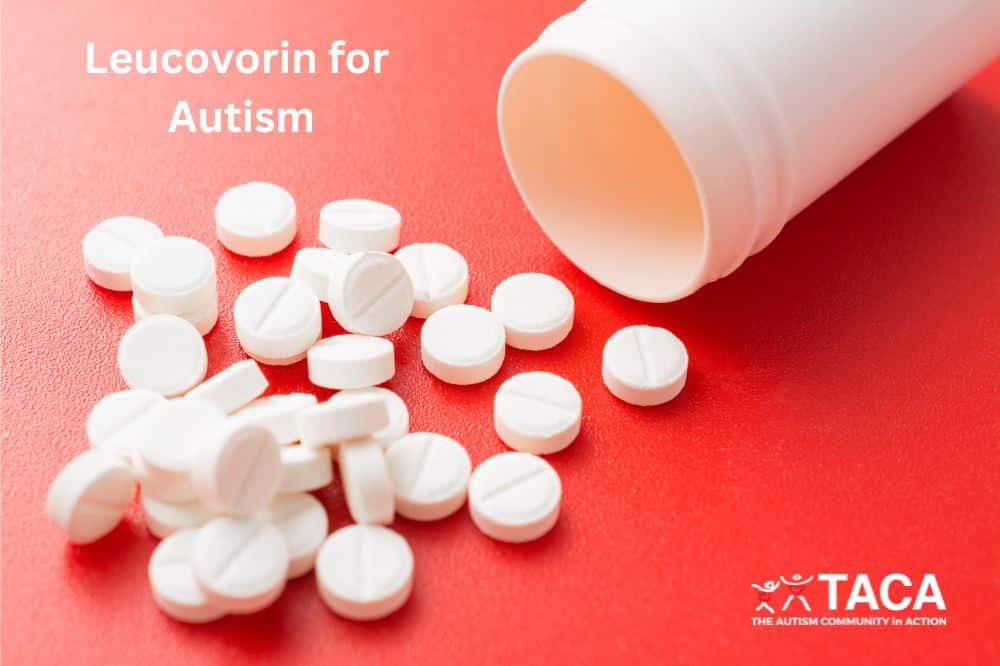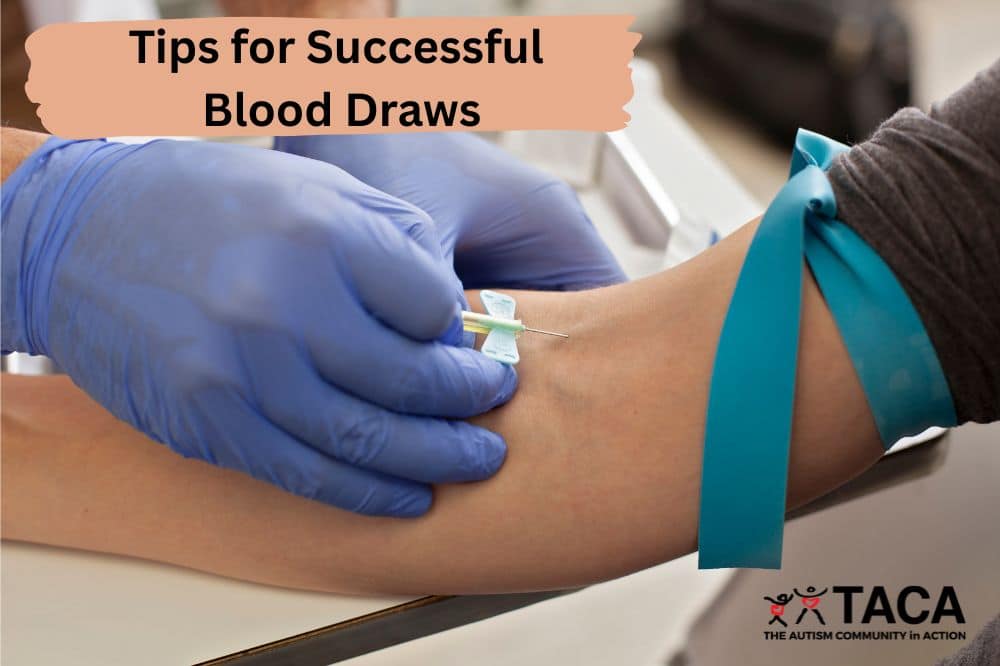Risk Reduction Strategies for Physical and Sexual Abuse

All contents of this resource were created for informational purposes only and are not intended to be a substitute for professional advice, diagnosis, or treatment. Always seek the advice of your physician, therapist, or other qualified health providers with any questions or concerns you may have.
Sadly, individuals with autism are more vulnerable to abuse due to challenges in communication, poor social awareness, and being viewed by others has having cognitive impairments. This article provides risk reduction strategies to help parents protect their children from physical and sexual abuse.
Individuals with autism and other disabilities fall into a high-risk category for physical and sexual abuse. A report by the Federal Bureau of Justice Statistics found that persons with disabilities were at least 2.5 times more likely to be victims of a violent crime. National Public Radio reported on unpublished statistics from the Justice Department that showed persons with intellectual disabilities are 7 times more likely to be sexually assaulted than non-disabled peers. 90% of all child sexual abuse victims know their abuser. While these statistics are frightening, they reinforce the need for vigilance among the autism community.
Risk Reduction Through Education
Sexuality, sexual abuse, and physical abuse can be uncomfortable topics to discuss with your child. Some families choose not to teach their child with autism about sexuality and development because they feel that their child will not understand or that it will never apply to them.
In practice, educating children about sexuality and consent lowers their risk of abuse and increases the likelihood that the child will report their abuser. Below, you will find several proactive, education-based risk reduction strategies to help protect your child from abuse:
- Teach your child sexuality education that is developmentally appropriate and aligns with your values.
- Teach anatomically correct words for private parts (penis instead of wee-wee, vagina instead of cookie).
- Work with your child on how to correctly label their body parts using their preferred method of communication.
- A child’s ability to accurately report inappropriate sexual touch decreases the chances of being targeted by an abuser and increases the likelihood that a perpetrator will be prosecuted.
- Teach anatomically correct words for private parts (penis instead of wee-wee, vagina instead of cookie).
- Teach consent by modeling appropriate boundaries and personal space. Advocate for others to do the same.
- If your child expresses “no” or “stop”, honor that request and stop what you are doing.
- Do not force your child to hug or kiss someone if they do not want to.
- Teach your child to ask permission before touching another person.
- Refer to Healthline’s article The Complete Guide to Teaching Kids Consent at Every Age for ideas on how to appropriately teach young children about consent.
- Encourage open communication with your child so that they will report back to you if someone makes them feel uncomfortable, violates their boundaries, or hurts them.
- This is not tattle-telling. This is teaching them to advocate for themselves.
- Adopt the family rule that there are no secrets, only surprises (like a birthday present).
- Learn the signs of perpetrator grooming and red flags.
Risk Reduction Through Increased Awareness
Children with autism interact with a variety of adults and caregivers throughout their daily lives. Teachers, educational assistants, other school staff, therapists, transportation providers, faith-based organization volunteers, babysitters, extended family members, home health nurses, respite care providers, and others have personal access to your child.
While the majority of people have good intent when caring for your child, parents need to proactively prepare safety provisions for their children. Each family should make their own assessment of how to best minimize the risk of abuse of their child.
A general list of common safety steps are listed below:
- Run background checks on all persons interacting with your child.
- Schools and other businesses often require background checks when hiring, but do not typically re-run them after employment.
- Volunteer at your child’s school and get to know the staff including office staff, janitors, and cafeteria staff.
- A person is more likely to report suspicious behavior or concerns about your child to you if they have frequent interactions with you and feel comfortable approaching you.
- Make arrangements such that your child is never alone with one adult. There should always be at least two adults present for safety.
- Talk to other parents in your child’s class or waiting rooms. See if they have any safety concerns about the staff or provider.
- If there is cause for concern, start a group message or email chain to document concerns and formulate a plan of action.
- Inquire about your school district’s policy on seclusion and restraint.
- Document specific permissions/refusals for seclusion and restraint in your child’s IEP.
- Install security cameras in your house if you have in-home providers.
- Place a recording device on your child or in their backpack. *Check your state laws to determine legality of recording a person without consent.
- Petition the school district to install cameras in the classroom.
- Investigate any sudden changes in behavior or abrupt refusals by your child to go with a particular person or to a particular place. This may be a sign of abuse and needs to be taken seriously.
- Refer to the US Department of Justice National Sex Offender Public Website to identify potential signs of abuse.
- Always follow your gut instinct if you feel that something may be wrong. It is always better to be proactive and cautious.
Reporting Abuse
In an emergency call 911 or your local law enforcement agency.
- Childhelp National Child Abuse Hotline 1-800-4-A-CHILD (1-800-422-4453)
- State Child Abuse and Neglect Reporting Agencies
Other Resources
- EnoughAbuse.org Straight Talk About Child Sexual Abuse: A Prevention Guide for Parents
- Autism Society: Safe and Sound
- Child Welfare Information Gateway




